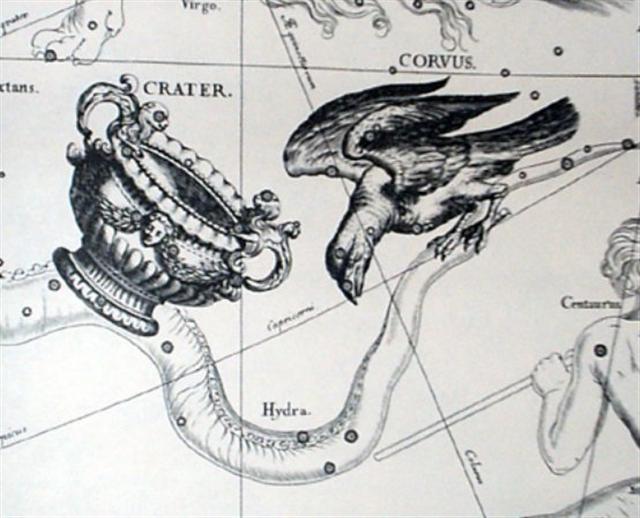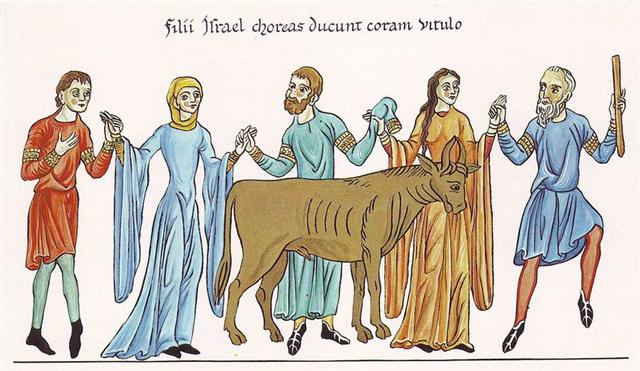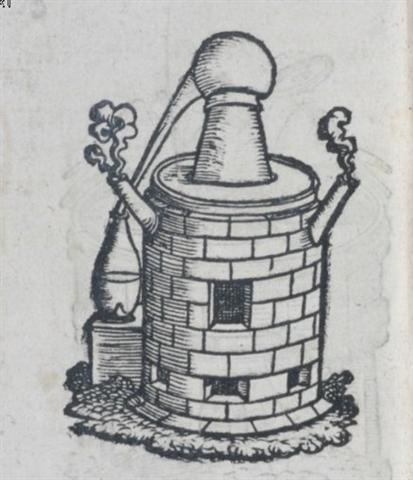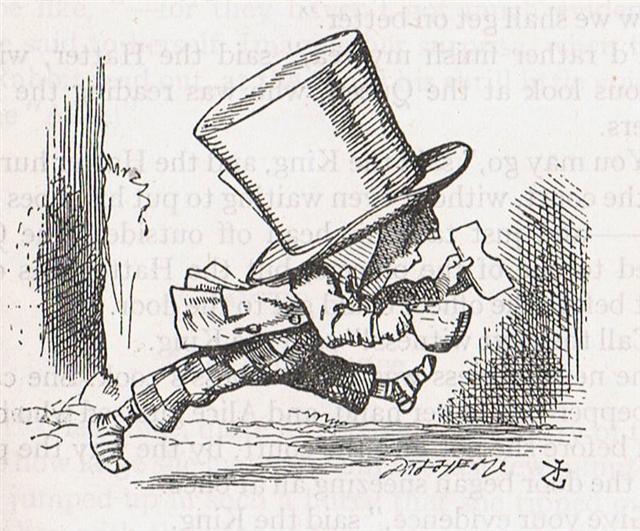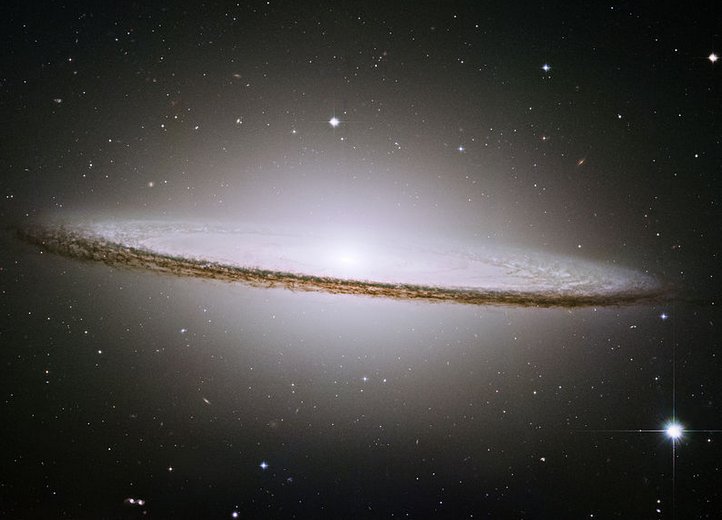It was the dead Vipunen (Finnish vipu = lever) who held the secret of the 3 lost runes: "Then he thought of seeking them in the realm of Death, Tuonela, but in vain. He escaped back to the world of the living only thanks to his potent magic. He was still missing his three runes. He was then told by a shepherd to search in the mouth of Antero Vipunen, the giant ogre. The road, he was told, went over swords and sharpened axes. Ilmarinen made shoes, shirt and gloves of iron for him, but warned him that he would find the great Vipunen dead. Nevertheless, the hero went. The giant lay underground, and trees grew over his head. Vainamoinen found his way to the giant's mouth, and planted his iron staff in it. The giant awoke and suddenly opened his huge mouth. Vainamoinen slipped into it and was swallowed. As soon as he reached the enormous stomach, he thought of getting out. He built himself a raft and floated on it up and down inside the giant. The giant felt tickled and told him in many and no uncertain words where he might go, but he did not yield any runes. Then Vainamoinen built a smithy and began to hammer his iron on an anvil, torturing the entrails of Vipunen, who howled out magic songs to curse him away. But Vainamoinen said, thank you, he was very comfortable and would not go unless he got the secret words. Then Vipunen at last unlocked the treasure of his powerful runes. Many days and nights he sang, and the sun and the moon and the waves of the sea and the waterfalls stood still to hear him. Vainamoinen treasured them all and finally agreed to come out. Vipunen opened his great jaws, and the hero issued forth to go and build his boat at last." (Hamlet's Mill) Iron was the metal of Mars and this was a safe metal which would resist the corroding effects of Mercury, I have just learned: "Mercury dissolves many other metals such as gold and silver to form amalgams. Iron is an exception, and iron flasks have traditionally been used to trade mercury ... Mercury readily combines with aluminium to form a mercury-aluminium amalgam when the two pure metals come into contact. Since the amalgam destroys the aluminium oxide layer which protects metallic aluminium from oxidizing in-depth (as in iron rusting), even small amounts of mercury can seriously corrode aluminium. For this reason, mercury is not allowed aboard an aircraft under most circumstances because of the risk of it forming an amalgam with exposed aluminium parts in the aircraft ..." (Wikipedia) In the Babylonian structure we will find Mars high up and at the opposite side of the year compared to the low Mercury:
Since then the precession must have moved Mars and the Mad Hatter ahead in the year. Mercury was close to the head of the Raven, and this brings us back to the beginning of the C text. Alchita (α Corvi) - at the beak of the Raven (together with ε, Minkar, higher up) - rose 183 days after Sirrah:
In rongorongo times the lively Jumping one - Murugan, the Pleiades, the March Hare, or whatever other creature the precession brought along - ought to have been at Sirrah with the lethal Mercury at the opposite zero position.
"Mercury was found in Egyptian tombs that date from 1500 BC. In China and Tibet, mercury use was thought to prolong life, heal fractures, and maintain generally good health, although it is now known that exposure to mercury vapor leads to serious adverse health effects. The first emperor of China, Qín Shi Huáng Dì -allegedly buried in a tomb that contained rivers of flowing mercury on a model of the land he ruled, representative of the rivers of China - was killed by drinking a mercury and powdered jade mixture formulated by Qin alchemists (causing liver failure, mercury poisoning, and brain death) who intended to give him eternal life. Khumarawayh ibn Ahmad ibn Tulun, the second Tulunid ruler of Egypt (r. 884–896), known for his extravagance and profligacy, reportedly built a basin filled with mercury, on which he would lie on top of air-filled cushions and be rocked to sleep. In November 2014 'large quantities' of mercury were discovered in a chamber 60 feet below the 1800-year-old pyramid known as the 'Temple of the Feathered Serpent', 'the third largest pyramid of Teotihuacan', Mexico, along with 'jade statues, jaguar remains, a box filled with carved shells and rubber balls'. The ancient Greeks used cinnabar (mercury sulfide) in ointments; the ancient Egyptians and the Romans used it in cosmetics. In Lamanai, once a major city of the Maya civilization, a pool of mercury was found under a marker in a Mesoamerican ballcourt. By 500 BC mercury was used to make amalgams (Medieval Latin amalgama, 'alloy of mercury') with other metals. Alchemists thought of mercury as the First Matter from which all metals were formed. They believed that different metals could be produced by varying the quality and quantity of sulfur contained within the mercury. The purest of these was gold, and mercury was called for in attempts at the transmutation of base (or impure) metals into gold, which was the goal of many alchemists." (Wikipedia)
Applying these 3 missing runes we can adjust the dates. September 22 should be at the opposite side of the year compared to March 20 (the statistically correct day for the March equionox):
But maybe we should instead think in terms of the Julian calendar - with March 25 (84) as the proper day for the equinox, because this would be 183 + 3 = 186 days before Acrux, rising with the Sun not in September 24 (267) but 3 days later, in day 270. Acrux is precisely where we can imagine the head of a great black bird:
186 instead of 183 is a reasonable number, because we will recognize it from the position of 7h with Nunki (where the Sea was beginning) at the nakshatra position - given such a reading of G which follows the Sun ahead in the text:
Notably 407 = 177 (as in 6 * 29½) + 227 (as in 22 / 7, i.e. π) + 3 (as in missing runes). The much too large hat of Mercury as a child is similar to the great sombrero (shadower) galaxy at Porrima (γ Virginis):
The designation Messier 104 could have been given because 104 = twice 52 = 8 * 13: ... When it was evident that the years lay ready to burst into life, everyone took hold of them, so that once more would start forth - once again - another (period of) fifty-two years. Then (the two cycles) might proceed to reach one hundred and four [104] years. It was called 'One Age' when twice they had made the round, when twice the times of binding the years had come together ... |
|||||||||||||||||||||||||||||||||||||||||||||||||||||||||||||||||||||||||||||||||||||||||||||||||||||||||||||||||||||||||||||||||||||||||||||||||||||||||||||||||||||||||||||||||||||||||||||||||||||||||||||||||||||||||||||||||||||

